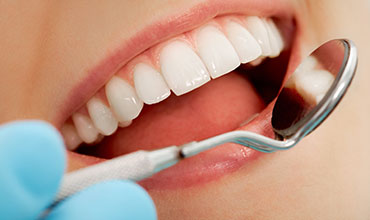How Gum Disease Can Affect Your Heart’s Health

What if we told you that gum disease and heart disease could be linked to each other? Commonly referred to as an oral-systemic connection, research has proposed evidence that a link between oral health and overall health exists.
More specifically, a link to gum disease and heart disease has
What The Research Suggests
An oral-systemic connection is a much larger spectrum of gum and overall health. However, for this segment, we’ll focus on the connection to heart health specifically.
Research has proposed that gum disease may increase the risk of
If gum disease–such as gingivitis–is left to adapt to
Periodontal disease could eventually lead to even more problems, some of which include:
- Atherosclerosis, which is a condition where the hardening of vital arteries restricts blood-flow to the heart.
- Infected gum pockets which allow bacteria to enter the heart. Certain bacteria, such as Streptococcus sanguis, have been shown to cause strokes when spread to the heart through gum disease.
How To Reduce Your Risk
Consulting our dentist should be the first step in the process. Our
Outside of oral treatment, dentists say you can start
Patients can also begin a daily brushing and flossing routine to reduce the risk of future oral healthcare problems.
Proper brushing and flossing include:
- Starting at the bottom of the gum-line, brush your teeth at a 45-degree angle in an up and down circular motion for a minimum of two minutes.
- Floss your teeth up and down in a ‘C’ shape around each tooth at least once per day to reduce gum disease and cavities.
Learn More About The Connection
For more information about the link between gum disease and heart disease, talk to your dental professional at Swan Dental, located out of Tucson, Arizona.
Share this Article
Back to Blog Page


